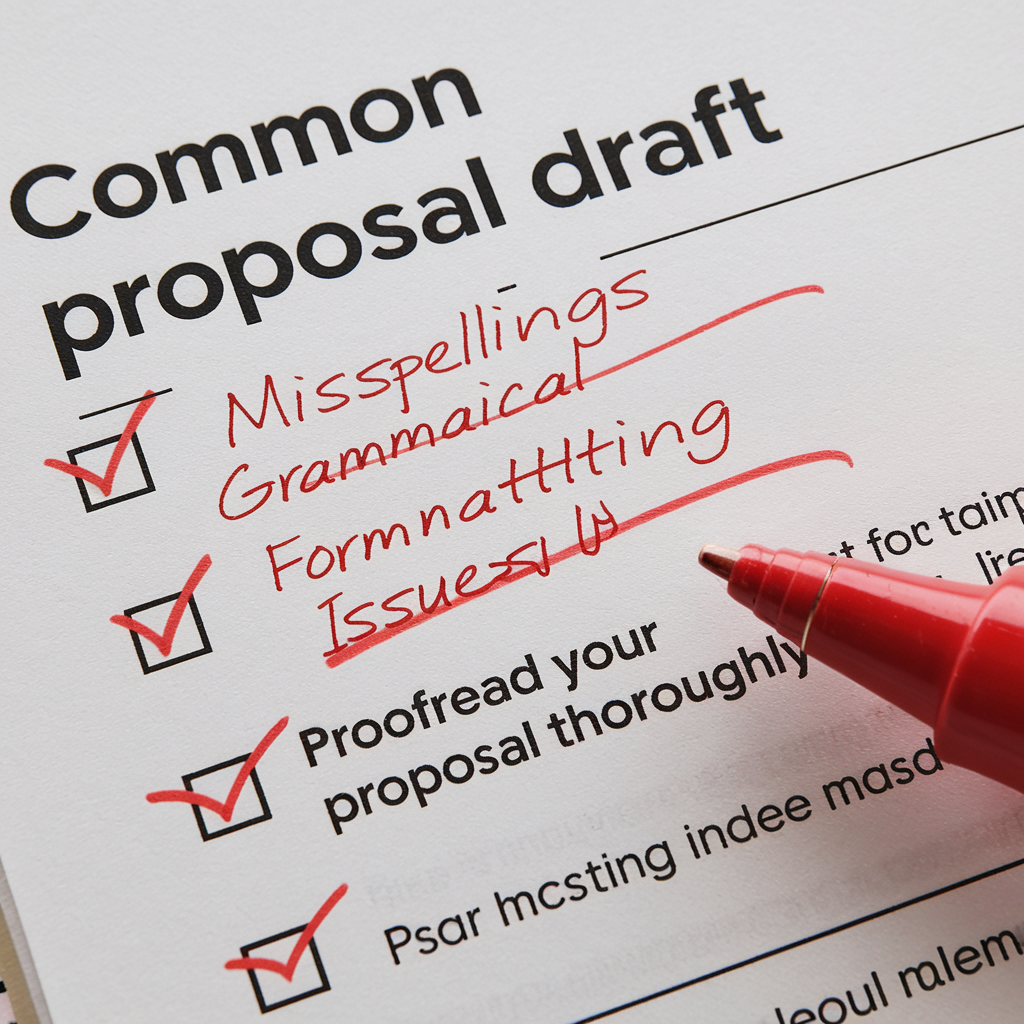A strong proposal can make the difference between landing a deal and losing it in the cutthroat world of business. At Shaavir LLC, we are aware that even minor mistakes in proposal writing can have serious repercussions. Here are some typical proposal writing errors and practical advice on how to prevent them to increase your success rate.
- Lack of Client Focus
One of the most critical errors is failing to focus on the client’s needs. Proposals that emphasize your company’s achievements rather than addressing how you can solve the client’s problems risk falling flat.
How to Avoid It:
- Research the client thoroughly to understand their goals, pain points, and priorities.
- Tailor your proposal to demonstrate how your solution meets their specific needs.
- Use language that puts the client first. For example, replace “we offer” with “you will benefit from.”
- Overloading the Proposal with Information
Including too much information can overwhelm your reader and dilute your key messages. Clients appreciate clarity and concise proposals that get straight to the point.
How to Avoid It:
- Focus on the most relevant details. Highlight the benefits and outcomes your solution will deliver.
- Use headings, bullet points, and visuals to break up large chunks of text.
- Aim for brevity while maintaining substance; keep your proposal as short as possible but as long as necessary.
- Failing to Follow RFP Guidelines
Ignoring the client’s Request for Proposal (RFP) requirements is a common mistake that can result in immediate disqualification. Clients often set specific guidelines to ensure fair evaluation.
How to Avoid It:
- Carefully read and analyze the RFP before starting your proposal.
- Create a checklist to ensure all requirements are addressed.
- Double-check that your submission complies with formatting, word count, and deadline specifications.
- Weak Executive Summaries
The executive summary is your first and often only chance to capture the client’s attention. A weak or generic summary can deter them from reading further.
How to Avoid It:
- Write a compelling executive summary that outlines the client’s challenges and how your solution addresses them.
- Keep it concise and engaging, focusing on the value you bring to the client.
- Use specific, measurable outcomes to demonstrate your impact.
- Neglecting Proofreading and Editing
Typos, grammatical errors, and inconsistent formatting can undermine your credibility. Even minor mistakes can leave a negative impression on the client.
How to Avoid It:
- Use tools like Grammarly or Hemingway to catch basic errors.
- Have a colleague review the proposal for clarity and consistency.
- Conduct a final proofreading session to ensure a polished and professional document.
- Overlooking the Importance of Design
A poorly designed proposal can make your content difficult to read and fail to convey professionalism. Visual presentation matters as much as the written content.
How to Avoid It:
- Use clean, professional templates that align with your brand identity.
- Incorporate visuals like charts, graphs, and images to enhance understanding.
- Ensure the layout is easy to navigate, with clear headings and logical flow.
- Lack of a Clear Call-to-Action (CTA)
Many proposals fail to guide the client on what to do next. Without a clear CTA, you risk losing momentum.
How to Avoid It:
- End your proposal with a specific and actionable CTA, such as scheduling a meeting or signing a contract.
- Make it easy for the client to respond by including your contact information and preferred next steps.
Concluding remarks
The efficacy of your proposals can be greatly increased by avoiding these typical errors. Our specialty at Shaavir LLC is assisting companies in creating proposals that are compelling to clients and produce outcomes. You may improve your proposal game and land more prospects by concentrating on the demands of the client, following instructions, and producing polished, expert materials.
Follow our blog or get in touch with us right now for more information and professional guidance. We can work together to transform your suggestions into effective instruments for achievement.
